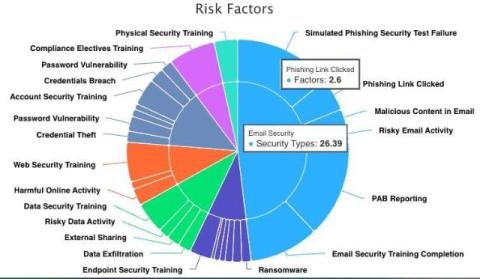8 Obstacles to Effective Remediation Plan Execution
We’ve all seen it happen: you create a solid remediation plan, map out the misconfigurations and vulnerabilities, and develop a plan to fix them, but when it comes time to execute, things start to fall apart. Why do remediation plans fail even when they seem solid on paper? The truth is, it’s often not the plan itself, but how it’s executed. Let’s break down the common obstacles that cause remediation efforts to go wrong and what you can do to avoid them.











